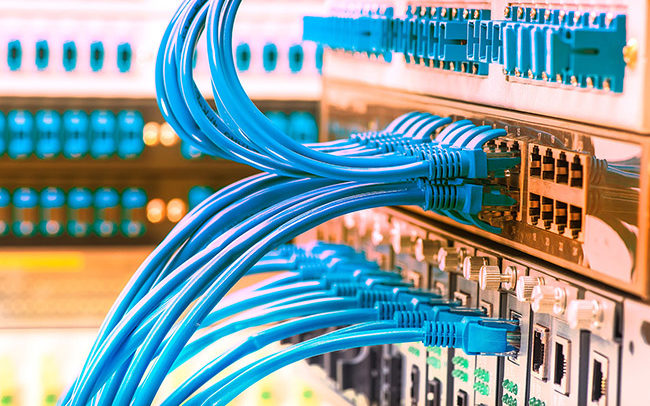
Introduction to Fiber Optical Technology – Part 2
Part 2 will cover Single & Multimode Fiber, Simplex & Duplex Optical Fiber, and Role in Our Daily Lives.
Optic fiber cables transmit light signals over modes. Modes are paths that light beams follow when traveling through a fiber-optic cable. The following will discuss single mode and multimode fiber cables.
Single & Multimode Fiber
Optic fiber cables transmit light signals over modes. Modes are paths that light beams follow when traveling through a fiber-optic cable. The following will discuss single mode and multimode fiber cables.









